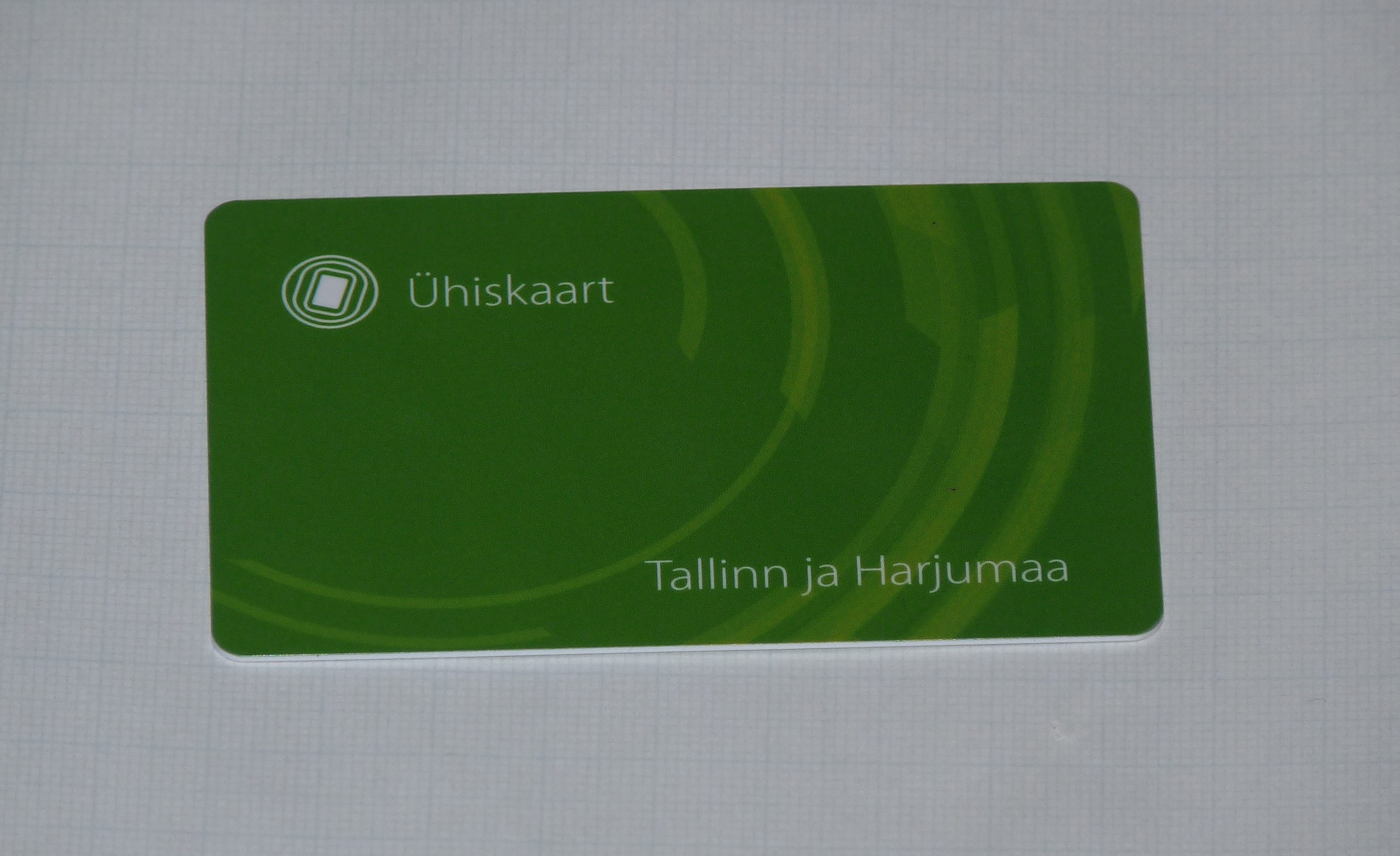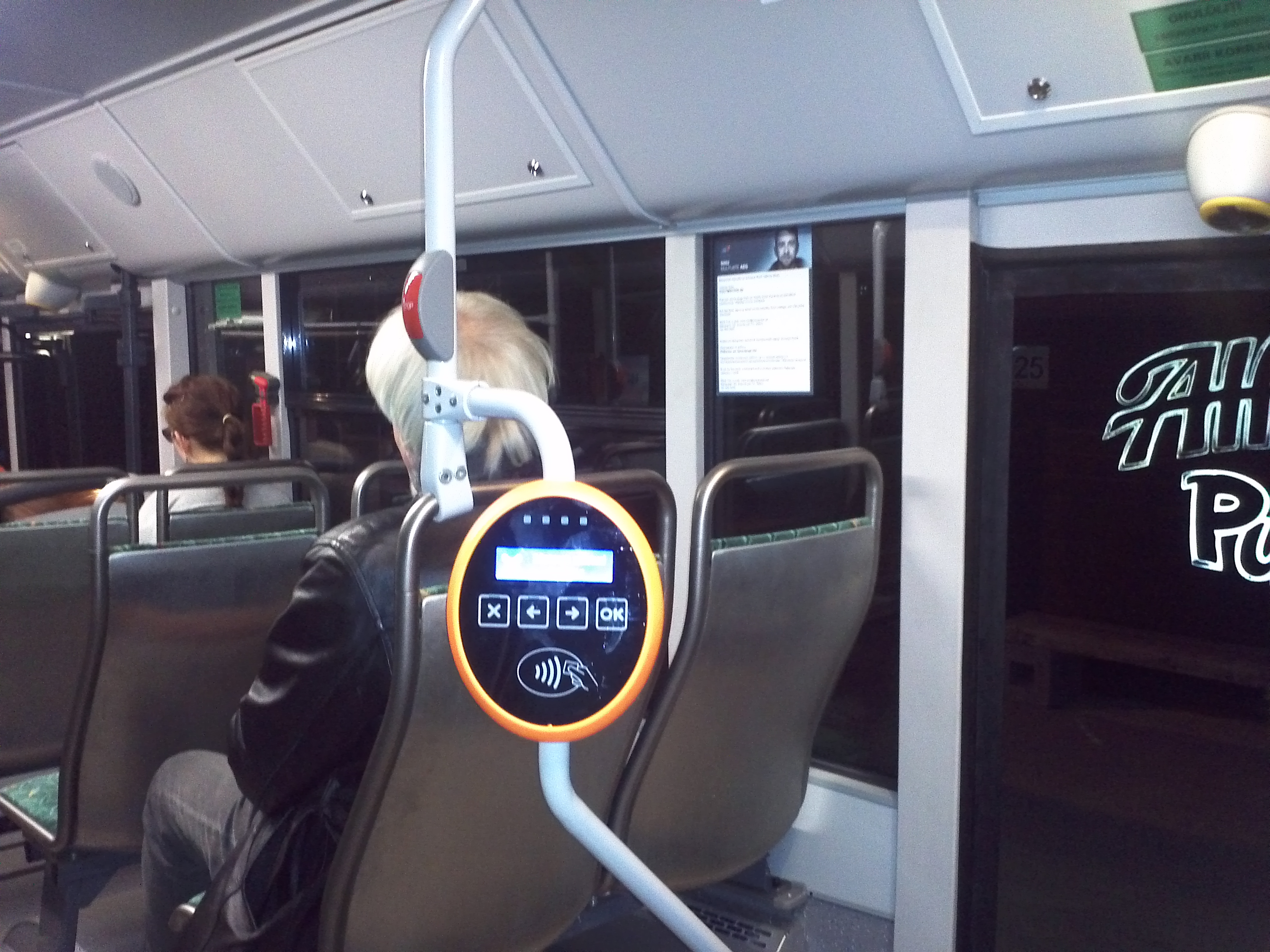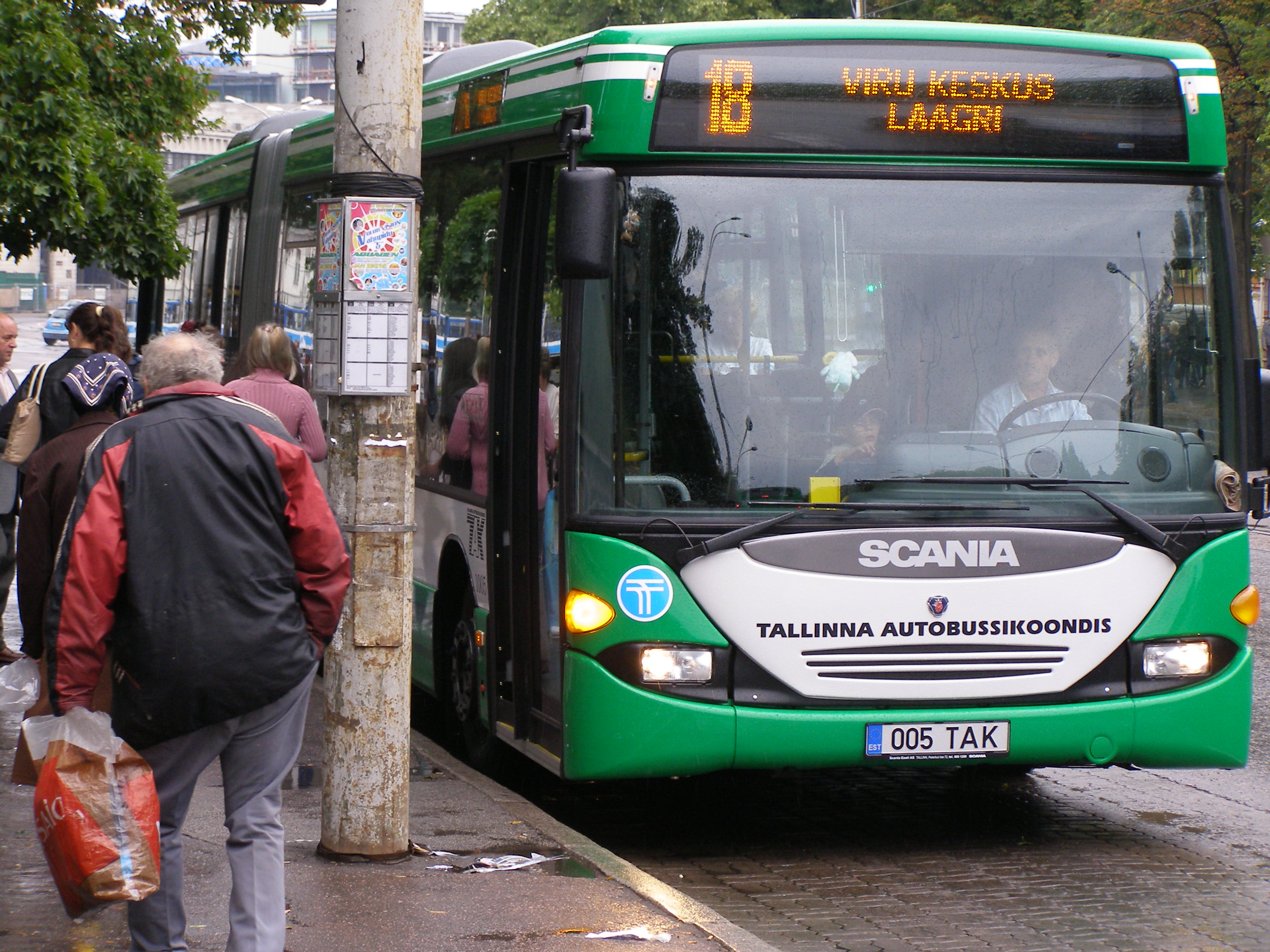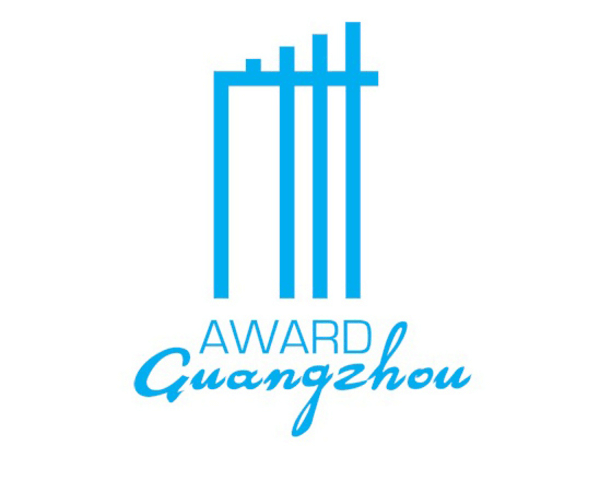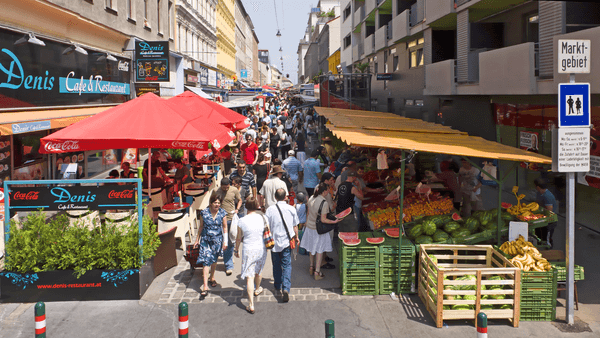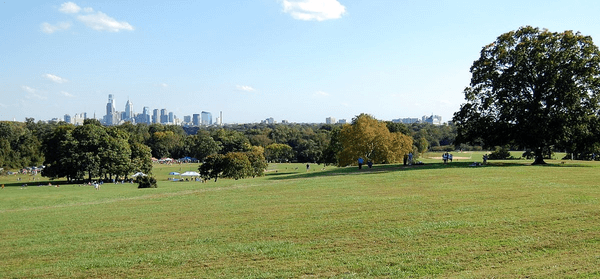City
Tallinn
Main actors
City Government, Public Utility
Project area
Whole City/Administrative Region
Duration
Ongoing since 2013
In January 2013 the capital of Estonia made a shift to free public transport and became the world's largest city to offer free transit for all its residents.
The idea of free public transport is practiced in many localities all over the world. In Europe, Hasselt (Belgium) and many other smaller towns have extensive experience of providing free public transport. However Tallinn is the first capital and medium-sized city with a population of 417,000 to have introduced free public transport.
In a local referendum organized to involve residents into decision-making, a large majority of voters (76%) approved the choice of making public transport in Tallinn free. The city admistration has strengthened the incentive for modal shift by expanding some bus lanes in the city centre. The system works with a contactless card system that provides personalised benefits to all Tallinn's residents and travel statistics for the city administration.
Guangzhou Award
This project was shortlisted for the 'Guangzhou Award' in 2012 in the following category: Deserving initiative.
On Map
The Map will be displayed after accepting cookie policy

